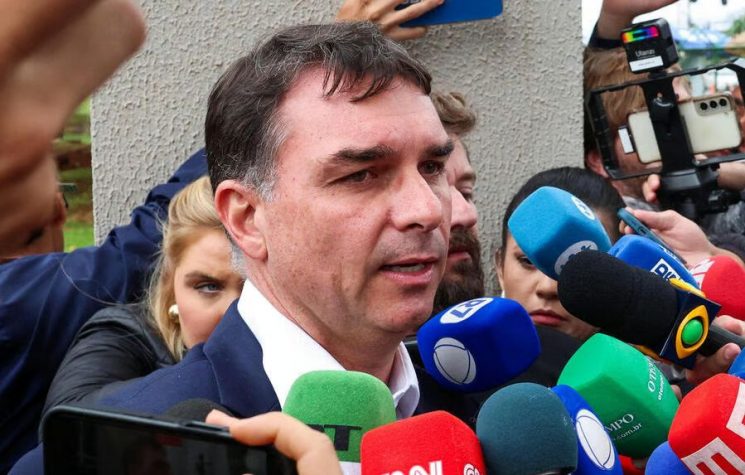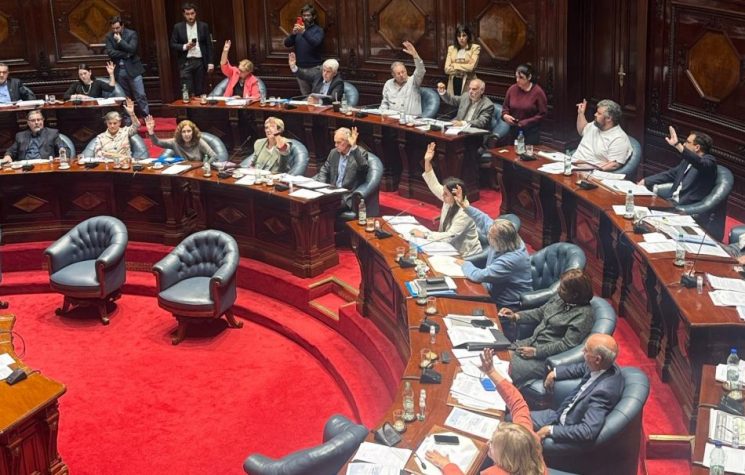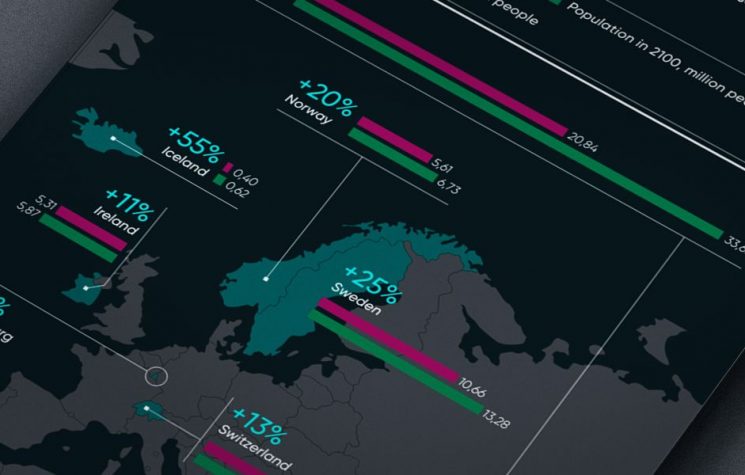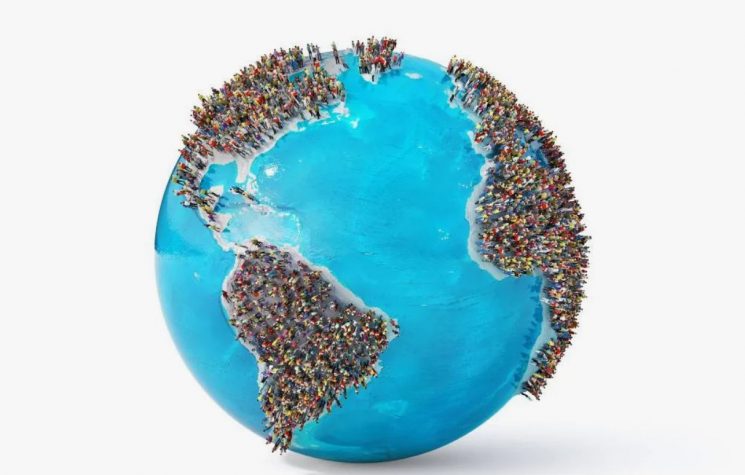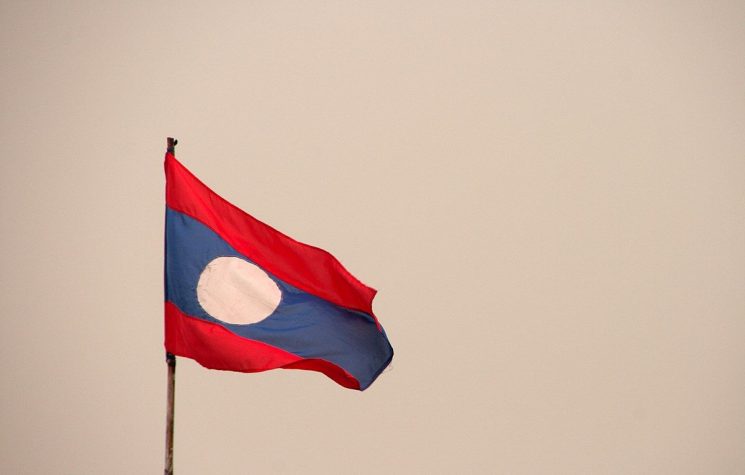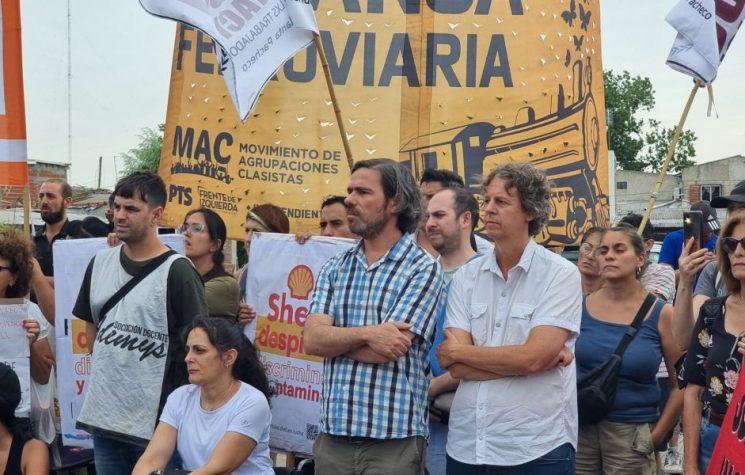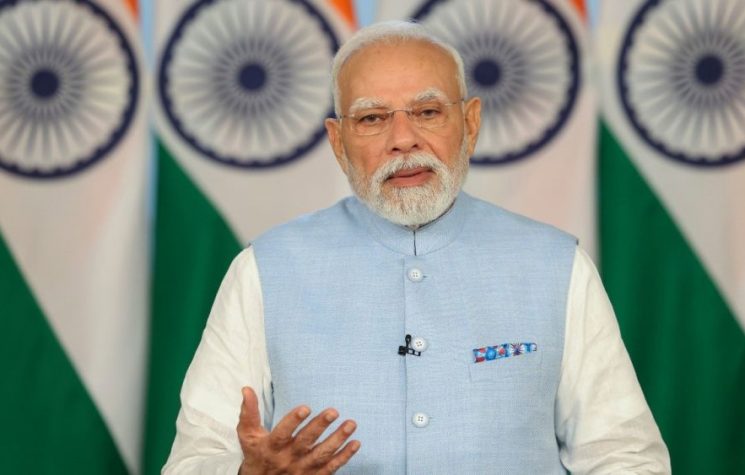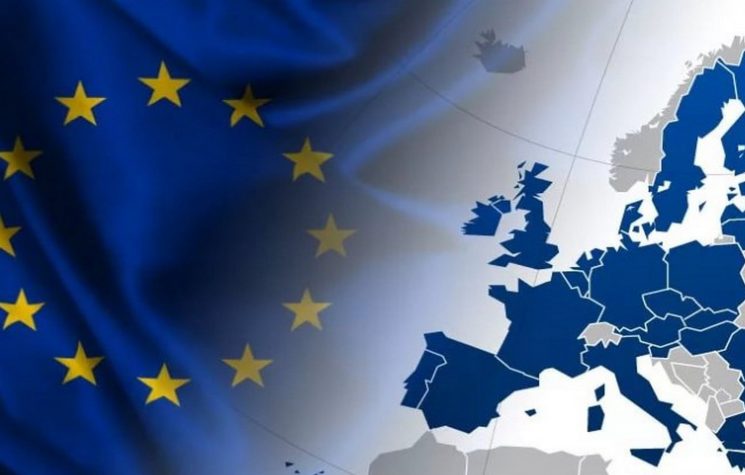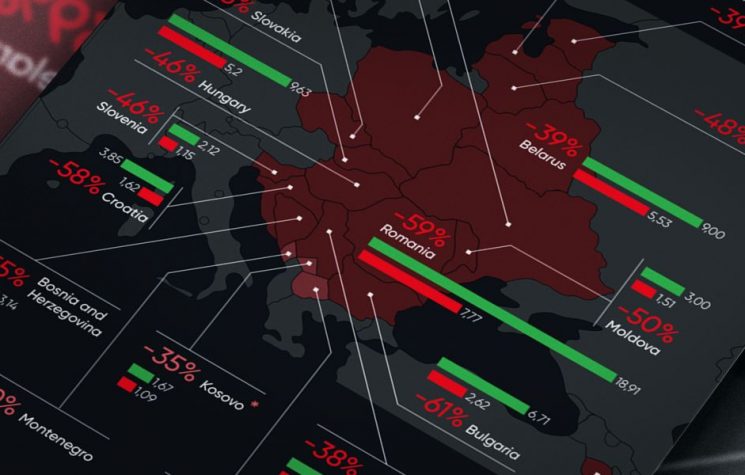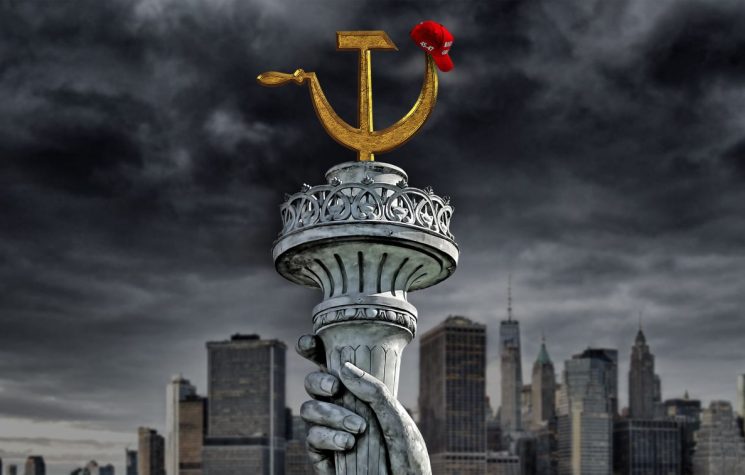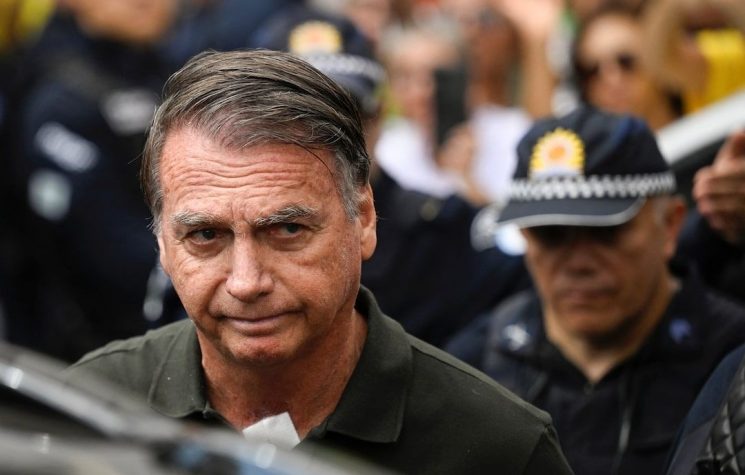If this is advanced Western civilization, then “barbarism” and “backwardness” are preferable.
Join us on Contact us: @worldanalyticspress_bot This week, Uruguay became the first Ibero-American country to officially legalize the practice of euthanasia, that is, the medically administered voluntary termination of a life. In practice, Colombia and Ecuador already recognized the possibility of euthanasia, but through judicial decisions. With this, Uruguay joins the Netherlands, Belgium, Luxembourg, Canada, Spain, New Zealand, and Portugal on the list of countries whose legal systems recognize the legality of actively seeking death under certain conditions. In Brazil, the decision was viewed through the typical lens of the usual political polarization: the so-called “progressives” on the left hailed the decision as another demonstration of Uruguayan “civility” and defense of “individual freedoms,” while the so-called “conservatives” on the right criticized the decision based on a Christian logic that man cannot freely dispose of his own life in the sense of purposely ending it. Despite the moral terms in which this issue is framed, both by supporters and critics, it seems to me that a relevant aspect of the legalization of euthanasia has been overlooked. This debate has a long history within European civilization and civilizations influenced by Europe. Suicide, for example, held a specific value among the ancient Greeks and Romans under certain circumstances, such as defending one’s honor or seeking to end unspeakable and insurmountable suffering. Christianity, however, imposed a prohibition on this debate due to the value it places on individual life as a gift granted by God. But it does not seem to me that the fundamental question here is one of debating the legitimacy of disposing of one’s own life. First, we must see the total medicalization of life, which has become typical of liberal-democratic postmodernity, as risky. Even before birth, life has become completely controlled by the medical-pharmaceutical industry. Every stage of life is permeated by procedures and medications, ranging from supplements and prenatal preparations, and the violence of obstetrics itself, extending throughout the entire life — preferably filled with aesthetic procedures — and now, they extend even to death, with cold and methodical control over the end of life. Death, once a dignified and solitary experience, preferably to be experienced in one’s own bed at home, is now managed as if it were a remedy for life, aseptically administered by indifferent nurses in a context alienated from home and family (which, nowadays, in the era of the liquefaction of social relations, many no longer have). Euthanasia, in this sense, shares the same nature as abortion, gender reassignments, and many of the measures implemented during the health crisis: as mechanisms for expanding the control and capacity for the framing and regimentation of the body by the medical-pharmaceutical industry. Foucault, and following him, Agamben, attribute the term “biopower” and, consequently, “biopolitics” to these relations. The advancement of power and technique over the body naturally and necessarily implies a reduction of freedoms, as well as carries the risk of dehumanizing man, transforming him into mere “bare life,” stripped of his dignity and his deepest dimensions. But beyond the philosophical critique, there are obscure aspects in the euthanasia industry that are still little explored. The first report on the Canadian euthanasia program was released in 2024, focusing on the Ontario region, and according to its investigation, 30% of people who requested euthanasia without being in a terminal state came from the poorest regions of Ontario. These are addicts, depressives, and simply people with financial difficulties. When euthanasia was legalized in Canada, the justification used was naturally that it would be the “last resort” for people with terminal illnesses or experiencing unspeakable suffering. However, what was discovered is that people in vulnerable situations could end up seeing euthanasia as the “easiest way out” in the face of their difficulties, problems, and suffering, often caused by financial issues. This is especially true after the latest legislative change, which allows even those not suffering from a mortal condition to request euthanasia. This is even serious when referring to people with mental illnesses, such as depression, since depression distorts the perception of reality as well as future prospects. Today, it is not yet possible to request euthanasia solely for mental illness, but starting in 2027, this will be possible in Canada, which is likely to cause the number of euthanasia deaths to skyrocket — they already account for 5% of all deaths. A horrifying emblematic case of the contradictions within Canadian domestic policy involving euthanasia made news two years ago. It is the case of Lois Cardinal, a trans person who requested access to Canada’s euthanasia program due to excruciating pain suffered for years. The origin of this excruciating pain? The very gender reassignment surgery performed to make the “bodily sex” conform to the subjective self-representation that Lois, in their condition of gender dysphoria, imagined. Even though Lois’s vaginoplasty was performed in 2009, than 10 years after the surgery, Lois still felt discomfort and pain because of it. Lois lived doped up on medication to endure the pain and try to lead a “normal life.” Unable to bear this unbearable and insurmountable situation, Lois requested euthanasia. After all, this is the kind of situation euthanasia was designed for, right? And today, it is very easy to obtain euthanasia in Canada. It is no longer even necessary to be suffering from a terminal illness. Surprisingly, the request for euthanasia was repeatedly denied. Granting euthanasia to Lois Cardinal would mean recognizing that regret regarding gender reassignment surgery is relatively common and that the surgery itself is extremely traumatic and leaves indelible physical and psychological marks. It is the clash between different sacred cows of wokism, but naturally, gender ideology takes precedence over the capitalist ultra-individualism behind euthanasia. In short, if this is advanced Western civilization, then “barbarism” and “backwardness” are preferable.![]()










